Explore the rich traditions of Guru Purnima, a festival honoring the sacred Guru Shishya Parampara through rituals like Puja, Satsang, and Meditation. This day marks a pivotal moment for introspection and renewal, celebrating the enduring wisdom of Gurus across generations.

Guru Arjan Dev Martyrdom: Consequence of Islamic Fundamentalism
Guru Arjan Dev Martyrdom Commemorating the Martyrdom of Guru Arjan Dev: As part of our weekly exploration of spirituality and worship at HinduInfoPedia.org, this Friday, May 31, 2024, we delve into a significant historical event: the martyrdom of Arjan Dev. Shri Guru Arjan Dev Ji, the fifth Sikh Guru, was martyred on May 30, 1606, a pivotal moment in Sikh...

Secular Reflections: Faiths in Modern Society
Today, we explore the intricate dance between diverse religious teachings and secular values. Delving into Hinduism and the Abrahamic faiths, we uncover how each tradition intertwines with secular principles to promote peace, unity, and mutual respect, illuminating their profound impact on fostering a more inclusive and harmonious societal framework.
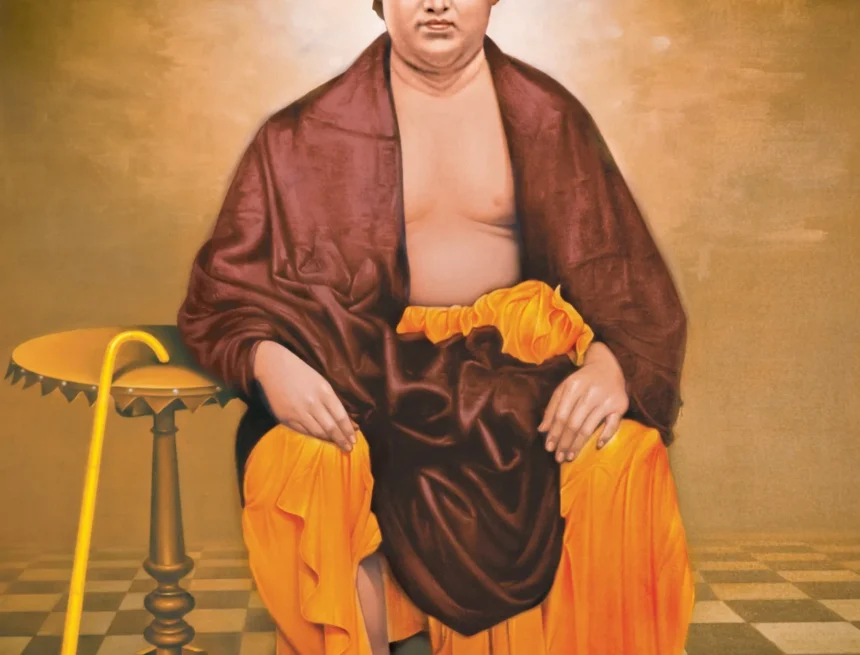
Dharma Meaning: Key Concepts in Hindu Philosophy
Continuing our weekly thematic exploration at HinduInfoPedia.org, this post, scheduled for May 29, 2024, delves deeper into the meaning of dharma within Sanatan Dharma. Building on last week’s discussion by Maharishi Dayanand Saraswati, founder of Arya Samaj, we explore the next 36 definitions from his work "आर्योदेशरत्नमाला," highlighting Hindu philosophy's inclusivity and practical applications in daily life.
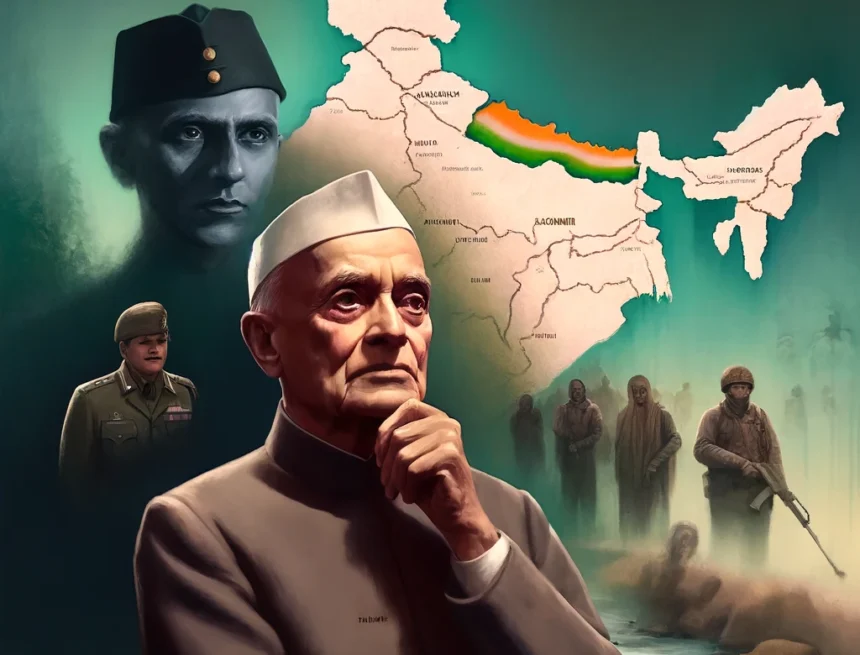
Jawaharlal Nehru: Continued British Raj Legacy Post-Independence
Explore the lesser-known aspects of Jawaharlal Nehru's leadership, focusing on the controversial policies and administrative decisions that have shaped modern India. This critical analysis delves into the complexities of his tenure, examining the enduring impacts on India's political landscape, and highlighting the debates that continue to surround his legacy in shaping a post-colonial nation.

Shrimad Bhagwat: Exploring its Teachings and Timeless Wisdom
The Shrimad Bhagwat, a cornerstone of Vedic literature, explores devotion and righteousness through Lord Krishna's teachings. Composed by sage Vyasa, its twelve cantos delve into philosophical teachings and spiritual insights. From Krishna's vibrant tales in the Tenth Canto to the profound Uddhava Gita, it offers a comprehensive guide to spiritual enlightenment and influences Indian cultural and spiritual life.
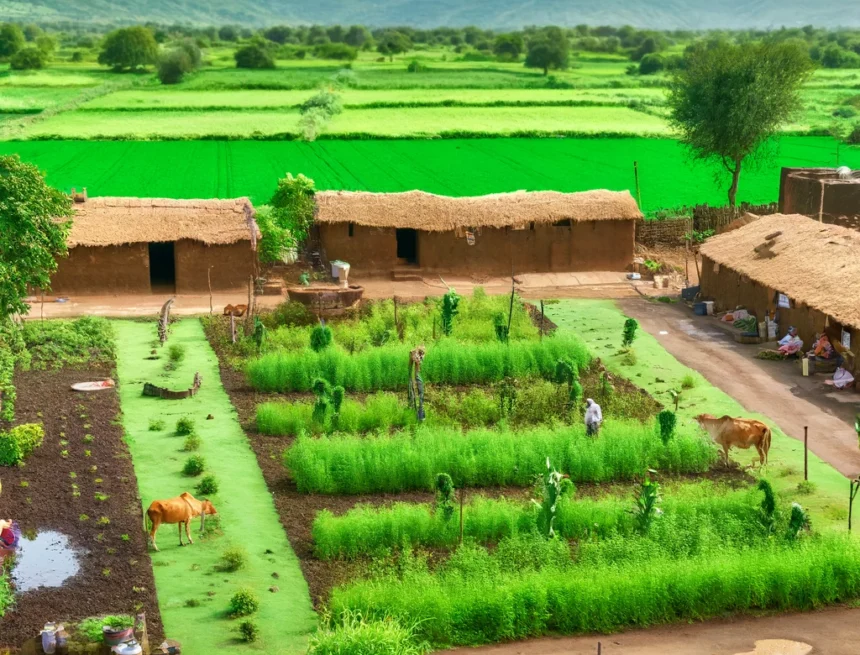
Agriculture in India: Comparing with Vedic Agriculture Principles
Explore the ancient wisdom of Vedic agriculture, blending cultural heritage, scientific precision, and spiritual insight. Drawing from texts like the Rigveda and Yajurveda, it aligns farming with natural cycles, using techniques like crop rotation and natural fertilizers. This sustainable approach nourishes both body and soul, fostering a profound connection with nature and community well-being.
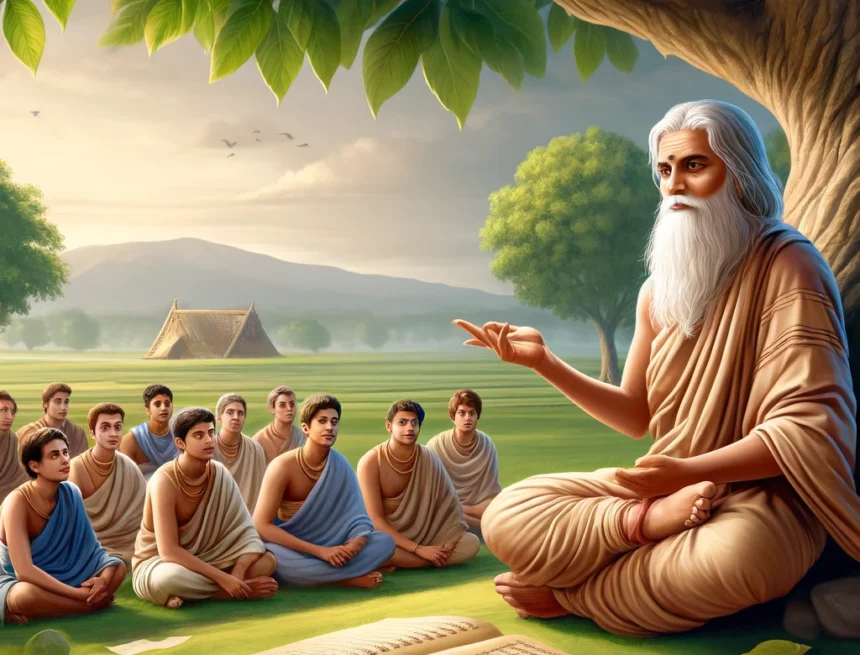
Guru Shishya Parampara: Preserving the Sacred Relationship
The Guru Shishya Parampara, a sacred teacher-student tradition, has preserved Hindu knowledge for over 4000 years. Despite historical setbacks like the burning of Nalanda University, this tradition ensured the continuity of wisdom through oral teachings. Today, it remains a cornerstone of Hindu education, blending ancient practices with modern needs.

Top Ten Lord Krishna Temples
Join us on a spiritual voyage through the "Top Ten Lord Krishna Temples," a journey that not only reflects architectural grandeur but also embodies the profound spirituality and cultural heritage integral to Hindu worship. From the historic depths of Mathura's Krishna Janmabhoomi to the modern magnificence of Bengaluru's ISKCON Temple, each site reveals its unique narrative. Experience the vibrant festivities at Banke Bihari Temple during Holi and feel the serenity of Vrindavan's Prem Mandir. Delve into the traditional rituals at Udupi Sri Krishna Matha and witness community unity at Nathdwara's Srinathji Temple. These temples are not just structures of stone; they are vibrant centers of life, inspiring devotion with every story they tell.
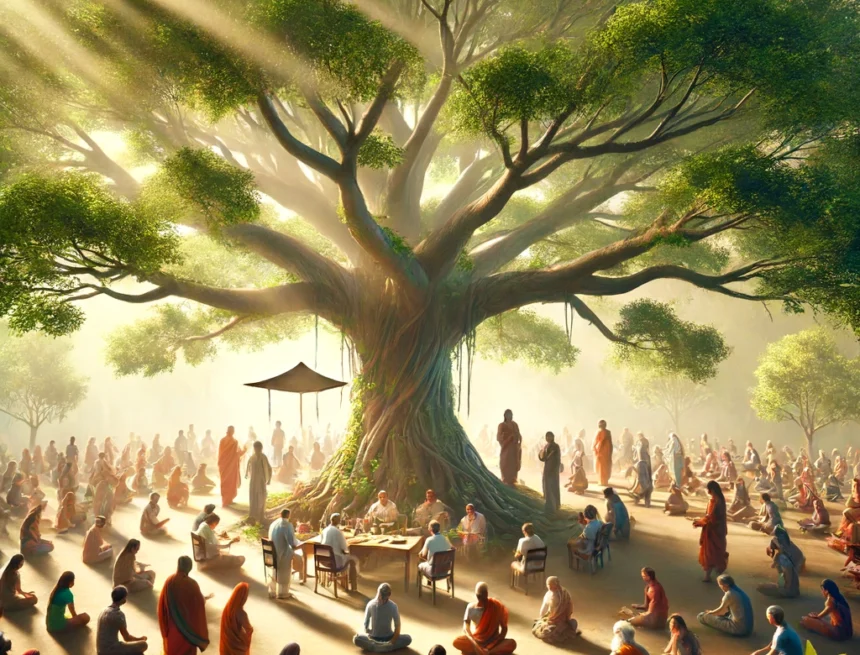
Sanatana Dharma: Secular and Inclusive Values of Hindu Philosophy
Explore the profound teachings of Sanatana Dharma, which emphasize inclusivity and collective well-being through ancient scriptures. This blog delves into how these principles of Hindu philosophy resonate with modern societal challenges, fostering peace and unity across diverse communities under the symbolic shelter of an ancient, all-encompassing tree.


